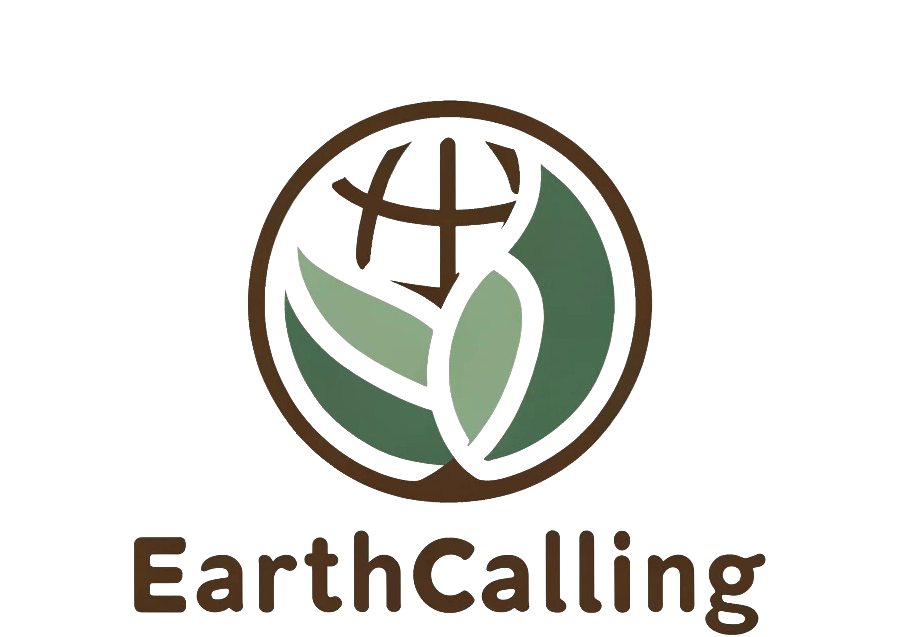
Composting 101: turning waste into a resource
Composting is a simple yet powerful way to transform kitchen scraps, yard waste, and organic materials into nutrient-rich soil. It’s a practice that not only reduces waste but also enriches the earth, creating a sustainable loop that benefits gardens and the environment. If you’re new to composting, this guide will walk you through the essentials.
What is composting?
Composting is the process of breaking down organic matter, such as food scraps, leaves, and grass clippings, into a dark, crumbly substance known as compost. Microorganisms, worms, and insects work together to decompose these materials, turning them into rich soil packed with nutrients. This natural fertilizer can then be used to boost plant growth, improve soil structure, and retain moisture.
The beauty of composting is that it mimics the natural process of decay found in forests and fields. By managing this process at home, you can convert waste into something valuable while reducing your household’s contribution to landfills.
Benefits of composting
One of the most significant advantages of composting is its ability to reduce waste. A large portion of household trash is organic matter, which can be composted instead of being sent to a landfill. This not only saves space in landfills but also cuts down on methane emissions, a potent greenhouse gas produced when organic waste decomposes anaerobically.
In addition, composting improves soil health by adding essential nutrients like nitrogen, phosphorus, and potassium. This leads to healthier plants and higher yields for your garden. Compost also enhances soil texture, helping sandy soils retain moisture and improving drainage in heavy clay soils.
Starting your compost pile
Beginning your composting journey is easy and doesn’t require much space or special equipment. All you need is a designated spot in your yard or a compost bin. Choose a location that’s accessible but not too close to your house to avoid attracting pests.
The key to successful composting is balancing two main types of materials: “greens” and “browns.” Greens include items like vegetable scraps, coffee grounds, and grass clippings. These are rich in nitrogen and help feed the microorganisms that break down organic matter. Browns, on the other hand, consist of dry leaves, paper, and straw. These provide carbon, which gives structure to the compost and helps control moisture.
To get started, layer greens and browns, then add a bit of water to keep everything damp (but not soaked). Turn the pile occasionally to allow air circulation and speed up the decomposition process.
What to compost and what to avoid
While many organic materials can go into your compost, some items are better left out. Here’s a quick guide:
| Good to Compost | Avoid Composting |
|---|---|
| Vegetable peels, fruit scraps | Meat, dairy, and greasy foods |
| Coffee grounds, tea bags | Diseased plants or weeds with seeds |
| Grass clippings, leaves, twigs | Pet waste and non-biodegradable items |
Including meat, dairy, or oily foods can attract pests and create unpleasant odors. Stick to plant-based kitchen waste and garden debris for the best results.
How to maintain your compost pile
Maintaining a compost pile is relatively straightforward. The most important factors are moisture, oxygen, and the right balance of materials. If your compost is too dry, add water; if it’s too wet, mix in more browns like shredded newspaper or dry leaves.
Turning the pile every few weeks introduces oxygen, which helps speed up the breakdown of materials. If you notice a strong odor, it’s usually a sign that your pile needs more air or that it has too many greens. Adjusting the balance by adding more browns can often resolve the issue.
Troubleshooting common composting issues
Sometimes, composting can hit a snag, especially for beginners. If your compost pile is not decomposing as quickly as expected, it could be due to a lack of air or an imbalance in materials. Adding coarse materials like straw or wood chips can help create air pockets.
If pests become a problem, it might be because the pile includes items like meat or fats. Make sure to cover kitchen scraps with a layer of browns to deter critters. Remember, patience is key; composting can take a few months to over a year, depending on factors like temperature and the size of the materials.
Harvesting and using compost
After several months, your compost will begin to look dark and crumbly with an earthy smell. This is a sign that it’s ready to use. To harvest, sift through the pile to remove any large, undecomposed pieces. You can return these to the pile for further composting.
The finished compost can be spread around garden beds, mixed into potting soil, or used as a top dressing for lawns. It’s a versatile, all-natural fertilizer that can transform your plants’ health and boost their growth.
Embrace the composting lifestyle
Composting is a small step that can make a big difference. Not only will you reduce your environmental footprint, but you’ll also create a valuable resource for your garden. Once you start, you’ll see that it’s an easy, rewarding process that brings nature’s cycles into your own backyard.
So grab those kitchen scraps and get started. You’ll be amazed at how waste can turn into something wonderful!
Check also: https://www.epa.gov/recycle/composting-home
